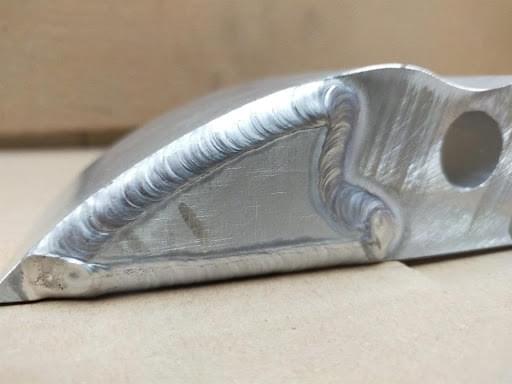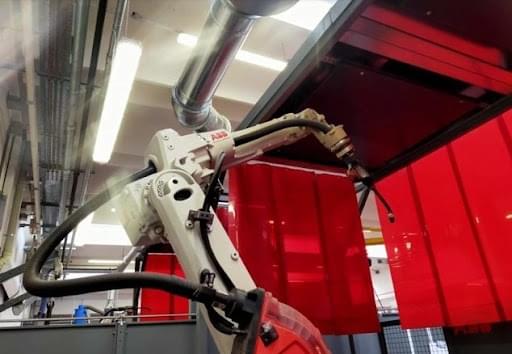Tips for MIG welding thin metal
MIG (Metal arc Inert Gas) is a type of continuous wire welding suitable for high production rates, flexible and versatile. Thanks to the latest generation of machinery, Minifaber is able to weld any type of metal, even the thinnest.
The risk when welding very thin sheets (0.6 - 5mm) is that of creating blowholes and porosity on the surface of the welding line. To avoid this, there are several measures you can take.
Let’s see:
- What is MIG welding for thin metal?
- Techniques for MIG welding thin metal
- How to MIG weld thin stainless steel
- Can you weld thin metal to thick metal?
What is MIG welding for thin metal?
First, let’s see what MIG welding is.
MIG welding is a type of arc welding. To heat the metals and allow welding, it uses the power released by an electric arc that shoots between the electrode (called filler material) and the metal to be welded. It is also a type of continuous wire welding. The electrode is of the endless wire type; during the process, it is fused together with the edges of the metal to be welded.

Eventually, it is a type of welding that takes advantage of the action of certain gasses. How? As protection for the weld pool. Gasses are introduced into the weld pool by a cylinder to protect the arc and the welding zone from the influences of the surrounding atmosphere.
Thin metal MIG welding, such as aluminum MIG welding, is today completely automated, thanks to the use of anthropomorphic robots that guide the torch on the welding joint of the piece to be welded.
Techniques for MIG welding thin metal
MIG arc welding can be carried out:
- With gas protection (g.m.a.w. gas metal arc welding)
- Without gas protection (flux or self shielded wire)
The two processes differ in the gas used to protect the weld pool. In the case of welding thin metals, Co2 should not be used, as it is too hot, and argon gas should be preferred instead.
To proceed with MIG welding of thin metals, it is necessary to know more about welding wires.
Gasless MIG welding of thin metal: which wire to choose?
As you may know, continuous wire welding uses a wire which is inserted into the welding machine torch. Which wire should be preferred for MIG welding thin metals? The morphology of the wire section may be of two types:
- Solid wire: section consisting of only metal flux-cored wire. The solid wire is chosen from the same substance to be welded; it must have the same chemical composition in order to be effective. In the wire, there are elements that help in cleaning the material being welded.
- Flux-cored wire containing granules. The flux-cored wire performs the same function as the coated electrode. Flux-cored wire has gaseous protection, the center of the wire is filled with granular powder - flux. Just because it works as a coated electrode, it can be rutile, basic or special type.
To weld thin metal is most suitable the flux-cored wire, because of its lower amperage.
How thin can you weld with MIG welding?
Minifaber machines can control the amount of heat, welding any sheet below 0.8 mm using the MIG process. However, ideally, we use TIG (Tungsten Inert Gas) welding for sheets 0.6mm or thinner.

How to MIG weld thin stainless steel
Minifaber is able to weld even thin sheets of steel and stainless steel through MIG technique. In this case it is mandatory to be careful not to exceed the welding heat, but at the same time reach a high enough temperature to weld a hard material such as stainless steel.
Can you weld thin metal to thick metal?
Getting the settings right is the first step in welding different sized metals together. To start, Minifaber machines are set to the recommended digits for the thickest workpiece. The torch moves quickly to prevent the thinner workpiece from burning. The length of the arc also affects how much heat is transferred. The longer the arc, the more volts, and therefore the hotter it is. That's why you need to keep a narrow arc (3mm is ideal) to keep the heat down.

